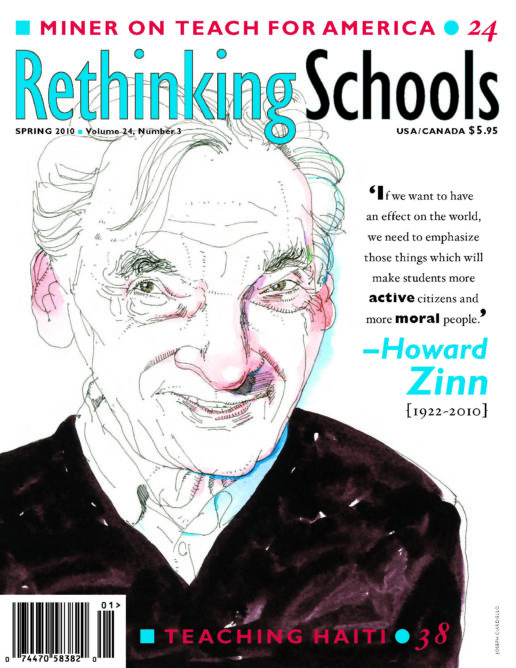Preview of Article:
Learning About the Unfairgrounds
Illustrator: University of Washington Special Collections: Clifford Howard
The Puyallup Fair, 35 miles south of Seattle, Wash., ranks as one of the 10 largest fairs in the world. When I was growing up, every September my mom, dad, brother, sister, and I drove the 20 minutes from our house to the fairgrounds to spend the day. We kids looked forward to cotton candy and bumper car rides. Mom and Dad held our hands as we ooh-ed and ah-ed over 200 pound pumpkins. There weremagic shows, animals to pet, cows to milk, and the World Famous Earthquake Burger.
Up until several years ago, local school districts released children early on the second or third Wednesday of the school year with free tickets to attend the Puyallup Fair. Even today districts distribute free admission tickets to schoolchildren. For people who grow up in this area, the fair is a tradition.
I’m sure I was not more than 2 years old the first time I attended the fair. Still, it was another 10 years before I learned some of the fairgrounds’ history. In middle school, I was close friends with a girl whose father was Japanese American. In 1988, she told me that her grandmother would receive several thousand dollars from the government as part of an apology for detaining her and her family at the Puyallup fairgrounds during World War II. I couldn’t believe that she had the story straight and convinced myself that she must have misunderstood her father. It was impossible that my fairgrounds,those hallowed grounds of tradition, had been used for something unjust. It was not until college that I realized that she was right. During World War II, the land on which the fairgrounds stood was dubbed the Puyallup Assembly Center, or, as some referred to it in an attempt to mask the nature of the place, Camp Harmony.

